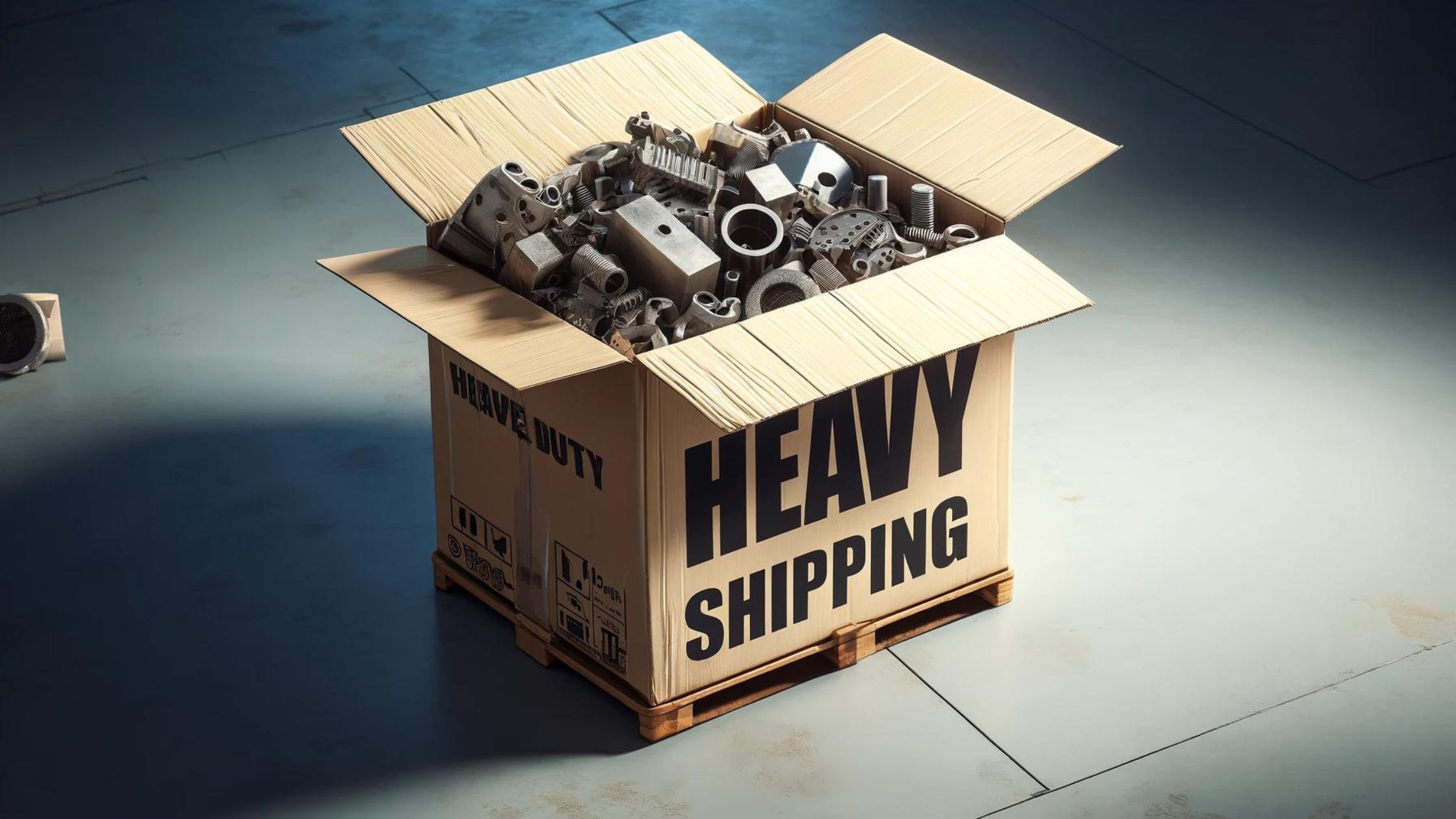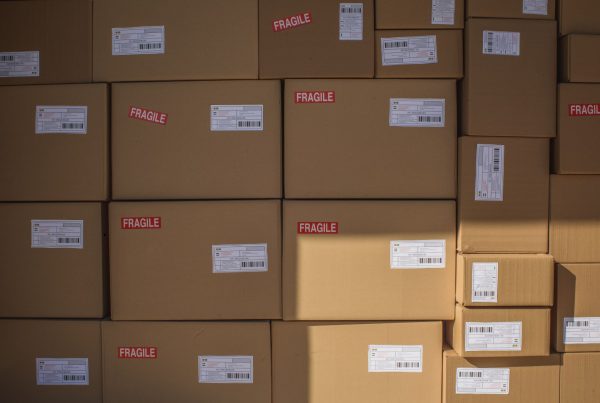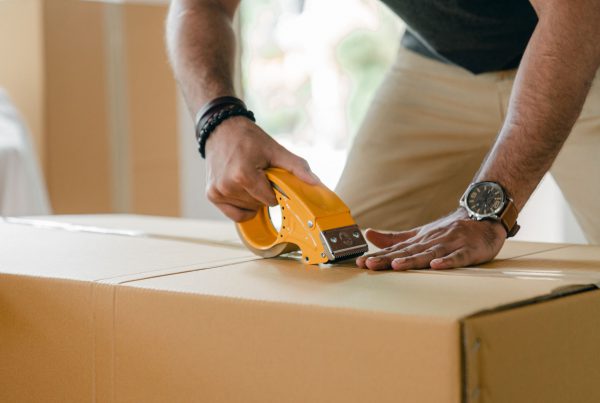Shipping heavy items can be a hefty challenge. Whether you’re a small business owner sending your product across the country, or you’re just trying to move a heavy piece of furniture to a new home, the stakes are high to get it right. That’s why choosing the right heavy duty boxes and understanding the best practices in logistics and supply chain management are crucial.
The Basics of Heavy Item Shipping
What Constitutes a ‘Heavy Item’?
In logistics, an item is typically categorized as heavy if it weighs over 70 lbs. However, the logistics complexities do not solely revolve around weight. The dimensions and fragility of an item are equally significant. A heavy item might be anything from a large piece of machinery to a dense pack of materials, each presenting unique challenges in terms of transport and handling. Here are some factors that influence how a heavy item should be managed during shipping:
- Weight: Heavier items require more robust handling methods.
- Dimensions: Large or awkwardly shaped items may need custom shipping solutions.
- Fragility: Even heavy items can be delicate, necessitating additional protective measures.
Choosing the Right Box
Selecting the appropriate heavy duty cardboard box for shipping heavy items is crucial to prevent damage during transit. These boxes are engineered to bear significant weight and resist puncturing and other forms of damage. Here’s a closer look at why choosing the right type of heavy duty box matters:
- Material Strength: Heavy duty shipping boxes are made from stronger, more resilient cardboard that can support heavier loads without collapsing.
- Design Features: Some boxes include reinforced corners and multiple layers of cardboard, which are essential for transporting heavy items.
- Size Options: It’s important to match the size of the box closely to the item being shipped to prevent excessive movement. Oversized boxes can lead to shifting, while undersized boxes may not close properly, compromising the structural integrity.
Here’s how to choose the right box:
- Assess the Item: Understand the weight, dimensions, and fragility.
- Select the Material: Opt for heavy duty boxes for shipping that can handle the load and stress during transit.
- Consider the Design: Choose boxes with features like double-walling or built-in cushioning for extra protection.
Comparison of Box Types
To further illustrate the point, consider the differences between various heavy-duty boxes:
- Heavy Duty Packing Boxes: Ideal for dense items like books or tools, offering excellent protection against impacts.
- Heavy Duty Moving Boxes: Best for residential moves, durable enough to handle load shifting and stacking.
- Heavy Duty Carton Boxes: Suited for industrial shipping needs where long-distance transport demands extra durability.
Choosing the right box is more than just fitting an item inside; it’s about ensuring that the item arrives in the same condition it was sent, regardless of the shipping stresses it encounters.
Choosing the Right Packaging Materials
Types of Boxes
When it comes to shipping heavy items, not just any box will do. The type of box selected can greatly influence the safety and integrity of the item during transit. Here’s a detailed look at the options available:
- Heavy duty packing boxes: These are perfect for bulkier items that need extra support. Typically constructed with several layers of corrugated material, they provide strength and durability, ensuring that items remain secure from external pressures.
- Heavy duty moving boxes: Specially designed for relocation, these boxes are sturdy enough to hold heavy household items like books, tools, and small appliances. Their robust build prevents collapsing under the weight.
- Heavy duty carton boxes: These are ideal for industrial shipping needs. With enhanced durability, they are capable of holding and protecting materials that are shipped over long distances.
Innovative Packaging Solutions
As the demand for safer and more sustainable shipping methods grows, innovative packaging solutions continue to emerge. These advancements are not only about protecting the package but also about improving environmental impact. Here are some cutting-edge options:
- Biodegradable Packing Peanuts: These are an eco-friendly alternative to styrofoam, decomposing in water without leaving harmful residues.
- Corrugated Bubble Wrap: Made from recycled cardboard, this new form of bubble wrap offers excellent cushioning without the use of plastic.
- Plant-based Plastics: Used in various forms of protective packaging, these plastics offer the same versatility and strength as traditional plastics but are made from renewable resources and are often compostable.
Each of these technologies aims to address specific challenges within the heavy-duty shipping industry, such as reducing weight without compromising on protection or enhancing the durability of packaging materials to withstand various stressors during transit.
Packing Techniques for Heavy Items
- Internal Cushioning: Use bubble wrap, packing peanuts, or custom foam inserts.
- Weight Distribution: Ensure the weight is evenly distributed to prevent box tipping.
- Sealing: Use high-quality, heavy-duty tape to secure all openings and seams.
Logistics Considerations
- Mode of Transportation: Depending on the item, road, rail, air, or sea might be the best option.
- Handling Requirements: Special equipment like forklifts may be necessary to move your heavy items safely.
Sustainable Practices in Heavy Item Shipping
Opting for sustainable practices isn’t just good for the earth—it’s often good for business. Using recycled heavy duty moving box materials and minimizing waste can help reduce costs and appeal to eco-conscious consumers.
Conclusion
Shipping heavy items might seem daunting, but with a little know-how and the right supplies, it’s totally manageable. Make sure you’re using top-notch heavy duty cardboard boxes for shipping and tapping into the latest in innovative and eco-friendly shipping practices. Doing this will help ensure that your hefty shipments land safely and soundly at their destinations.
Your Go-To for All Things Heavy-Duty Shipping
At The Boxery, we get the challenges you face when sending off heavy items. That’s why we’ve stocked up on all kinds of heavy-duty boxes, crafted to handle just about any shipping scenario you can throw at them. Searching for the right heavy duty cardboard box or needing some pointers on optimal packaging methods? Don’t sweat it—we’re here to lend a hand. Swing by our site and check out what we’ve got. We’re here to help you nail your shipping game!





Recent Comments